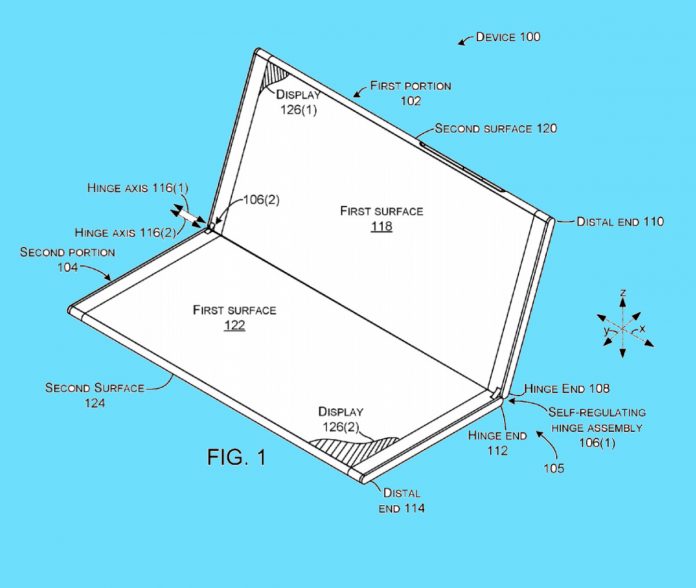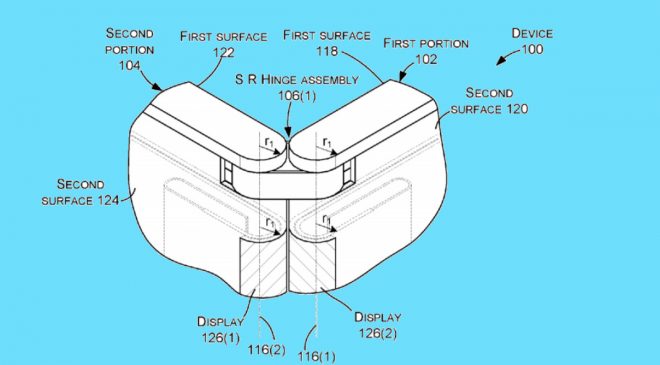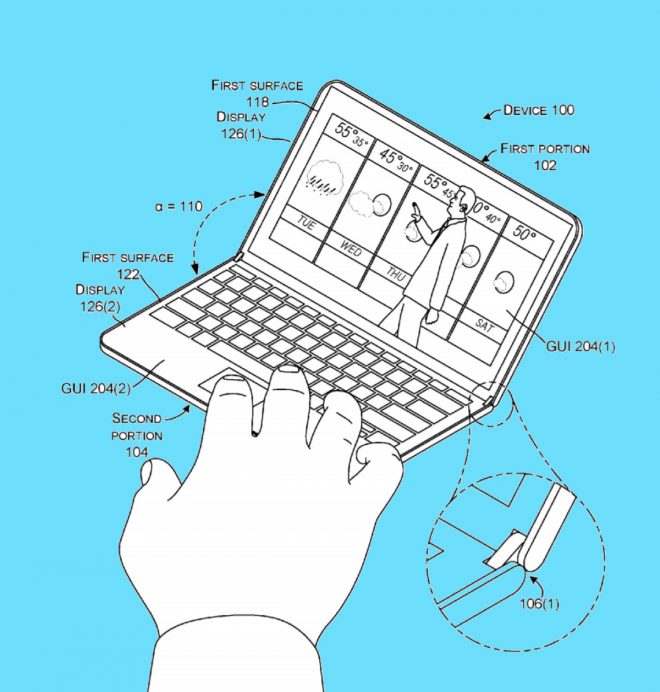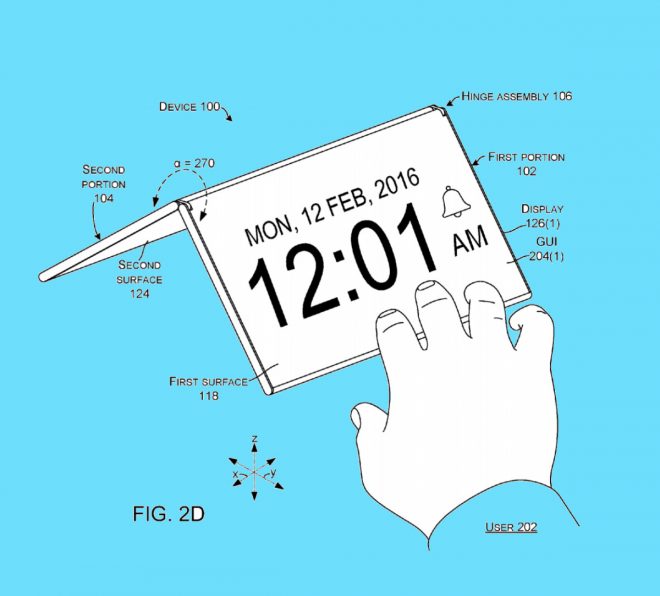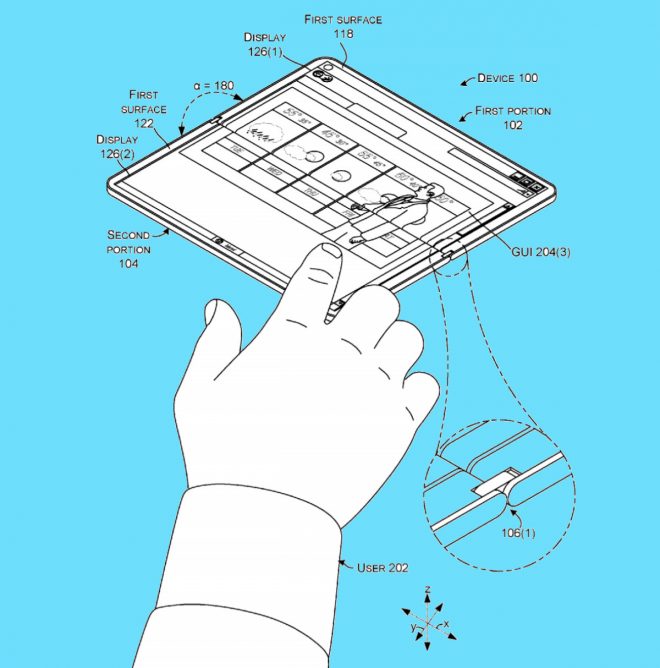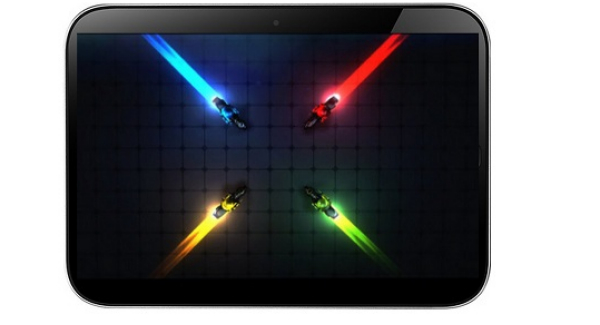In case you’ve forgotten about the Surface Phone, the device has kind of morphed lately, into something else, more of a dual display foldable affair. Some say it’s even a tablet or sorts, or a phone that turns into a tablet. A fresh patent sheds some light on that, involving a self regulating hinge, that may just prove useful to make the device flex.
The new patent comes USPTO and it details a “self regulating hinge”. It shows a pair of such hinge assemblies, a “pair of self-regulating hinge assemblies rotatably securing hinge ends of the first and second portions around a first hinge axis associated with the first portion and a second hinge axis associated with the second hinge axis so that an extent of rotation around the first hinge axis corresponds to an extent of rotation around the second hinge axis.”
In case that’s all techno babble to you, it’s all about being able to rotate a display or portion of the device around an axis, much like you would a revolving door. A mechanical engineer may understand this a bit better, to be honest. The schematics do make it a bit easier though. Basically, we have a dual screen device here, with a hinge mechanism that supports a variety of positions, which remind us of the Lenovo Yoga machines.
The key is that the hinge isn’t thick or bulky, but rather very discrete. When the device lays flat, there’s actually no trace of a hinge even being used. The patent seems to show an almost seamless display, when in fully open position and the device is used as a full screen tablet in that situation. A simulated keyboard and trackpad are also shown, turning this into a real notebook.
There’s even an Alarm Mode situation and a Tent Mode use. The patent actually comes from October 2016, so the system may have evolved a lot or the project has died.
Post Footer automatically generated by Add Post Footer Plugin for wordpress.

